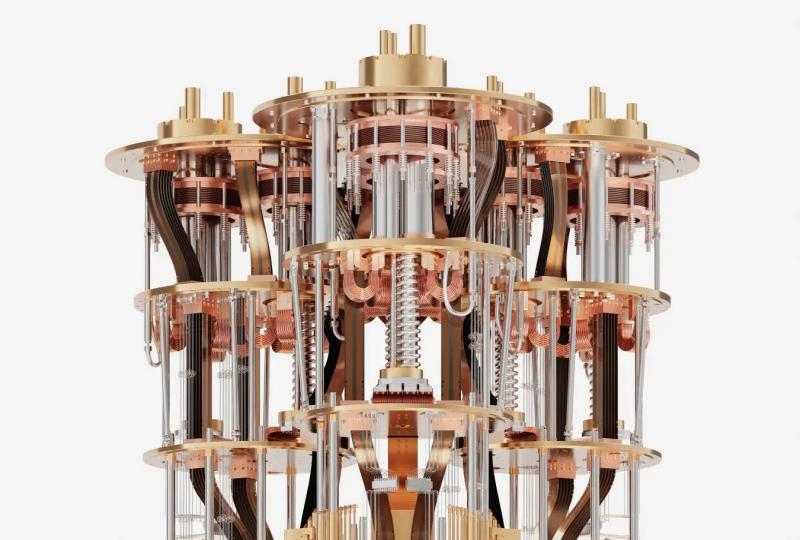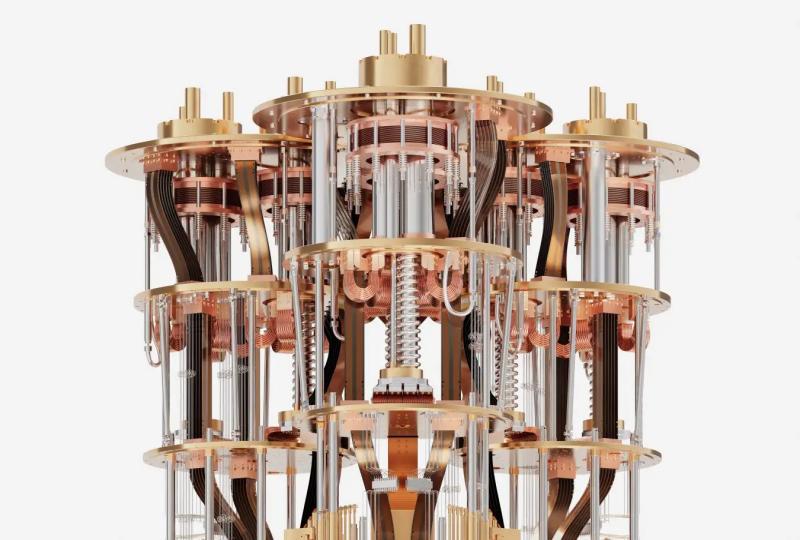Ultimate Guide to Gate Fidelity: Everything You Need to Know
2025.05.13 · Blog gate fidelityquantum gate fidelityquantum simulation
What Is Gate Fidelity in Quantum Computing?
As quantum computers continue to evolve, one of the most important metrics for evaluating their performance is gate fidelity.
But what exactly is gate fidelity, and why does it play such a critical role in determining how reliable a quantum computer is?
In this article, we'll dive into what gate fidelity means, how it's measured, why it matters for scalable quantum computing, and what current technologies are achieving today.

What Is Gate Fidelity?
In quantum computing, gate fidelity measures how accurately a quantum gate performs its intended operation compared to an ideal, noise-free version of that gate.
A quantum gate is the building block of a quantum algorithm, similar to logic gates in classical computing. However, due to decoherence, noise, and imperfections in quantum hardware, the gate implemented on a physical quantum computer is never perfect.
Gate fidelity is typically expressed as a percentage between 0% and 100%:
-
A fidelity of 100% means the gate works exactly as intended.
-
A fidelity of 99.9% means there is a 0.1% chance of error during the operation.
Higher gate fidelity = fewer errors = better quantum computation.
How Is Gate Fidelity Measured?
There are several methods to evaluate gate fidelity, including:
Method 1: Quantum Process Tomography
Fully reconstructs the quantum operation but is resource-intensive.
Method 2: Randomized Benchmarking (RB)
The most common method used today. It averages gate performance over random sequences, reducing the influence of state preparation and measurement (SPAM) errors.
Method 3: Cross-Entropy Benchmarking (used by Google)
Compares observed output probabilities with ideal outputs. Each method has trade-offs between precision, resource cost, and scalability.
Why Gate Fidelity Matters?
High gate fidelity is essential because quantum algorithms often require hundreds or thousands of gates. Even a small error rate can accumulate quickly, making the result meaningless.
Here's why fidelity is critical:
-
Error Correction: Quantum error-correcting codes demand a minimum gate fidelity (often >99%) to function properly.
-
Scalability: Building practical quantum computers requires maintaining high fidelity as the number of qubits grows.
-
Benchmarking Devices: Fidelity provides a standard for comparing different quantum hardware platforms (e.g., superconducting vs. trapped ions).
Current Gate Fidelity Levels by Platform
|
Platform |
Single-Qubit Gate Fidelity |
Two-Qubit Gate Fidelity |
|
IBM Quantum |
~99.9% |
~99.6% |
|
Google Quantum AI |
~99.96% |
~99.4% |
|
IonQ (Trapped Ions) |
~99.97% |
~99.5% |
|
SpinQ (Superconducting Qubits) |
~99.9% |
~99% |
Note: Two-qubit gate fidelity is generally lower and harder to improve, yet crucial for entanglement and quantum logic operations.
Real-World Applications of Gate Fidelity
High gate fidelity isn't just a lab benchmark—it directly impacts practical applications across industries. Here's how:
Drug Discovery and Molecular Simulation
Simulating molecules at the quantum level requires running deep quantum circuits with many entangling gates. Low fidelity leads to high error rates, making simulations unreliable. For example, companies like Biogen and Roche are exploring quantum computing for protein folding and molecular interaction predictions—feasible only with high-fidelity gates.
Financial Modeling
Banks and hedge funds like Goldman Sachs and JP Morgan use quantum algorithms for portfolio optimization and risk analysis. These algorithms rely on accurate quantum gates to solve complex linear algebra problems. High fidelity ensures meaningful outputs from quantum simulations.
Post-Quantum Cryptography & Quantum Security
Quantum computers can run Shor's algorithm to break RSA encryption—but only if the gates are precise enough. High gate fidelity is essential for secure and accurate cryptographic research, including quantum key distribution (QKD) and secure communications.
Quantum Machine Learning (QML)
Machine learning algorithms like Variational Quantum Classifiers (VQC) and Quantum Neural Networks require iterative quantum gate executions. Poor fidelity introduces noise into the model, degrading accuracy. Companies like Zapata and Classiq are building QML solutions where gate fidelity defines success.
Quantum Sensors and Metrology
In quantum sensing applications (e.g., gravitational wave detection, atomic clocks, MRI improvements), precise quantum operations are crucial. While not full quantum computers, these systems often use gate-like operations, where fidelity governs signal-to-noise ratio and sensitivity.
How to Improve Gate Fidelity
Quantum hardware developers are working on improving fidelity through:
-
Better materials (e.g., reducing dielectric loss in superconducting circuits)
-
Improved qubit designs (e.g., transmon qubits, fluxonium)
-
Cryogenic shielding to isolate from environmental noise
-
Advanced calibration algorithms
-
Error mitigation and software-based corrections
The Road Ahead: Toward Fault-Tolerant Quantum Computing
Achieving fault-tolerant quantum computing—where quantum errors can be continuously corrected—requires gate fidelities of 99.9% or higher, especially for two-qubit operations.
Efforts from leading quantum computing companies like Google, IBM, Quantinuum, and SpinQ are focused on pushing these limits, using innovations in chip design, control electronics, and machine learning-based tuning.
Conclusion
Gate fidelity is more than a technical metric—it's a key indicator of a quantum computer's usability, scalability, and future potential. As quantum technologies mature, consistently achieving high-fidelity gates will be the foundation for real-world quantum applications.
Whether you're a researcher, developer, or simply curious about quantum computing, understanding gate fidelity is essential to grasp the challenges and progress of this revolutionary field.
Featured Content






